Introduction: The Networked Revolution and the Problem of Proprietary Silos
The transition from analog to Internet Protocol (IP)-based video surveillance marked one of the most significant technological evolutions in the security industry. Network cameras, network video recorders (NVRs), video management software (VMS), and other IP security devices unlocked unprecedented levels of resolution, intelligence, scalability, and remote accessibility. However, this newfound power introduced a formidable challenge that threatened to stifle innovation and burden end-users: the problem of proprietary incompatibility.
In the early days of IP surveillance, an ecosystem developed where the seamless integration of devices was not a given but an exception. If a project deployed front-end cameras from Manufacturer A, the backend storage, management software, and other components invariably had to be sourced from the same manufacturer. This was not a recommendation but a technical necessity, as the cameras and the VMS communicated exclusively through Manufacturer A's private protocol—a closed, undocumented language understood only by its own products.
For small-scale installations, this vendor lock-in was often a manageable inconvenience. However, for large-scale, complex projects involving hundreds or thousands of devices, diverse functionalities, and future expansion plans, it became a critical bottleneck. This monolithic approach presented several severe limitations:
-
Product Portfolio Gaps: Manufacturer A might not offer a specific type of camera (e.g., an ultra-long-range thermal PTZ camera, a highly discreet mini-dome, or a specialized multisensor camera) required for a particular application within the project. The integrator was forced to either compromise on the solution or abandon the preferred vendor altogether.
-
Suboptimal Product Performance: Even if Manufacturer A offered a product in a required category, its performance, quality, or feature set might be inferior to a best-in-class solution from Manufacturer B. The project was forced to accept a lower standard to maintain system cohesion.
-
Economic Inefficiency: Proprietary ecosystems often lack competitive pressure on pricing. The cost of Manufacturer A's NVRs or switches might be significantly higher than functionally equivalent products from other vendors, leading to inflated project costs without a corresponding increase in value.
-
Inflexibility and Obsolescence: Future expansion or technology upgrades became inherently tied to a single vendor's roadmap. If the vendor discontinued a product line, slowed innovation, or changed its business model, the entire installed base was at risk of becoming obsolete or exceedingly expensive to maintain.

The core issue was that end-users, particularly the project owners (client), were effectively held hostage by a single brand. This lack of choice was antithetical to the principles of a free market and, in the long term, detrimental to the entire industry's growth. It stifled competition, discouraged innovation from smaller players, and ultimately limited the options and value available to customers. The industry consensus became clear: openness was the only sustainable trend.
The Genesis of ONVIF: Forging a Common Language for Security
Recognizing this critical impediment to growth, three of the security industry's foremost giants—Axis Communications, Bosch Security Systems, and Sony—took a monumental step in 2008. They co-founded the Open Network Video Interface Forum (ONVIF). This was a radical departure from the prevailing proprietary mindset. Their mission was not to promote their own products but to create a rising tide that would lift all boats.
ONVIF was established as a global, open-industry forum with a clear and powerful purpose:
-
Mission: "To provide and promote open interfaces to the security industry for effective interoperability."
-
Vision: "All security systems share one interface."
This initiative was akin to the creation of the USB standard for computers or the HTTP protocol for the web. It aimed to develop a universal technical standard—a common language—that would allow network video products from different manufacturers to communicate seamlessly with each other. For the first time, an integrator could theoretically mix and match a best-in-class camera from one brand with a superior VMS from another and a cost-effective NVR from a third, creating a truly optimized, multi-vendor system.
The ONVIF Framework: Membership, Development, and Governance
ONVIF operates as a member-driven organization. Its structure is designed to encourage broad industry participation while ensuring the standard's development remains robust and focused.
Membership Tiers:
ONVIF categorizes its members into four distinct tiers, each with varying levels of access, influence, and financial commitment:
-
Full Members: (Annual fee: $20,000) This elite tier, predominantly comprising leading device manufacturers, holds the greatest influence. Full members have voting rights on all technical and promotional matters, can hold leadership positions on committees, and actively shape the development and direction of ONVIF specifications.
-
Contributing Members: (Annual fee: $10,000) This tier is tailored for software developers, consulting firms, and system integrators. Contributing members can participate in working groups, contribute to technical discussions, and access draft specifications, allowing them to build compatibility into their products and services early in the development cycle.
-
User Members: (Annual fee: $2,000) This tier is designed for end-user organizations, government agencies, and others who wish to use ONVIF-compliant products and provide feedback on the standards but do not wish to participate actively in the technical development process.
-
Observer Members: (Annual fee: $500) This entry-level tier is suitable for any company or organization that wants to stay informed about ONVIF's activities, use the finalized specifications and test tools, but does not seek to participate in development work.
As of its latest records, ONVIF boasts a diverse and growing global membership, including 24 Full Members, 13 Contributing Members, 395 User Members, and 48 Observer Members. This broad participation is a testament to the standard's widespread acceptance and critical importance.
The Specification Lifecycle:
ONVIF specifications are not static documents. They undergo continuous evolution to keep pace with technological advancements. The forum operates on a disciplined release schedule, typically issuing updated versions of its core specifications bi-annually. The version history, from the seminal Profile S in 2008 to the advanced Profile T and M of today, illustrates a relentless drive to incorporate new codecs like H.265, enhance security with TLS and HTTPS, and support emerging capabilities like analytics and metadata.
Deconstructing ONVIF Profiles: The Blueprint for Interoperability
Perhaps the most ingenious aspect of ONVIF's approach is the concept of "Profiles." Instead of creating one monolithic, impossibly complex specification that covers every possible function of every device, ONVIF broke down interoperability into manageable, functional subsets. A Profile is a set of specific features and functionalities that a device must support to achieve certification for that Profile. This allows manufacturers to certify products for specific use cases, and it gives buyers a clear, easy-to-understand guarantee of functionality.
The most widely adopted and critical Profiles in the video surveillance domain include:
-
Profile S: This is the foundational profile for basic video streaming and remains the most ubiquitous. A Profile S conformant device guarantees support for live video streaming, PTZ control, audio streaming, metadata streaming, and relay outputs. It is the essential starting point for any IP camera.
-
Profile T: An evolutionary step beyond Profile S, Profile T is focused on advanced video streaming. It mandates support for modern video codecs like H.265 (HEVC), which drastically reduces bandwidth and storage requirements without compromising quality. It also requires more secure communication via HTTPS and includes improved imaging configuration settings and analytics event handling. It is designed to work alongside Profile S, not replace it.
-
Profile G: This profile addresses edge storage and retrieval. It standardizes the interface for managing recordings stored locally on an SD card or other storage medium within a camera, and for searching and retrieving those recordings. This is crucial for systems that use onboard recording as a backup or in locations with unreliable network connectivity.
-
Profile Q: Focused on ease of use, Profile Q enables out-of-the-box interoperability and quick setup. It features a streamlined discovery process and supports automatic configuration, making it significantly easier for installers to add devices from different vendors to a network.
-
Profile M: (In release candidate status) This is a forward-looking profile for metadata and analytics. It provides a standardized interface for requesting and receiving metadata from a device (e.g., object classification, counting, heatmaps) regardless of the underlying analytics algorithm. This finally decouples the analytics engine from the VMS, allowing best-in-breed analytics to be integrated into any ONVIF-conformant system.
For access control systems, ONVIF offers Profiles A and C, ensuring the same level of interoperability for card readers, door controllers, and identity management systems.
The Competitive Landscape: ONVIF vs. Other Standards
ONVIF's path to dominance was not unchallenged. Other consortiums emerged with similar goals, though with differing approaches and levels of success.
-
PSIA (Physical Security Interoperability Alliance): Founded around the same time as ONVIF, PSIA pursued a more broad-based approach, aiming to create a standard for the entire physical security ecosystem. However, it failed to gain the critical mass of manufacturing support that ONVIF secured. While major Chinese manufacturers like Hikvision, Dahua, and Univision initially supported it, the market overwhelmingly coalesced around ONVIF. Today, PSIA is largely inactive.
-
HDCCTV: This alliance championed a different technological path altogether: high-definition video over coaxial cable. It positioned itself as an alternative to IP networks, claiming they were unreliable and complex. This bet proved disastrously wrong as network technology advanced and became ubiquitous. HDCCTV's vision was rendered obsolete, and the consortium dissolved.
-
GB/T 28181-2016: This is a Chinese national standard, not an international open forum like ONVIF. Its functionality overlaps significantly with ONVIF, aiming to ensure interoperability within China's public security video surveillance network. Its primary driver is national policy, focusing on domestic control and security within the sensitive public safety sector. While ONVIF is the de facto global standard for commercial and private applications, GB/T 28181 is mandatory for many government projects in China. Many Chinese manufacturers, therefore, support both protocols on their devices to address both domestic and international markets.
ONVIF's victory in the global marketplace can be attributed to its early backing by industry titans, its pragmatic and well-structured profile-based approach, and its truly open, global, and vendor-neutral governance model.
Testing, Conformance, and Tools: Ensuring "ONVIF Conformant" Means Something
A standard is only as good as its implementation. ONVIF maintains a rigorous conformance process to ensure that products bearing the "ONVIF Conformant" logo genuinely meet the specifications.
-
Official Test Tools and Processes: ONVIF provides sophisticated test tools and detailed test specifications to its members. Manufacturers use these tools during development to self-verify their products' compliance. For official certification, products must pass tests at an ONVIF-authorized independent test lab. This two-tiered process ensures a high degree of reliability and trust in the conformance claim.
-
Third-Party Tools: The ecosystem also includes valuable third-party tools that help integrators and developers in the field. The most renowned among these is ONVIF Device Manager (ODM), a free Windows application that can discover ONVIF devices on a network, display their capabilities, configure settings, control PTZ, and, most importantly, retrieve the device's live video stream URL (RTSP). This makes it an indispensable tool for troubleshooting and validating interoperability during installation.
-
Mobile Applications: Apps like Onvifer for iOS and Android bring this testing and monitoring capability to smartphones and tablets, allowing technicians to verify device connectivity and basic functionality directly from the installation site.

Hector Weyl's Strategic Commitment to Open Standards
For a pioneering R&D and manufacturing company like Hector Weyl, which specializes in crafting advanced surveillance solutions for complex scenarios, the philosophy of openness is not just a market trend—it is a core strategic pillar. Our commitment to ONVIF is deeply embedded in our product development and company ethos.
-
Customer-Centric Empowerment: We believe our customers should have the freedom to choose. By ensuring our cameras, encoders, and other devices are fully conformant with the latest ONVIF profiles (including S, T, G, and M), we empower our clients and integration partners to build flexible, best-of-breed systems. A Hector Weyl camera will seamlessly integrate with leading VMS platforms from Genetec, Milestone, and others, as well as with NVRs from a multitude of vendors. This protects our clients' investments and gives them control over their security architecture.
-
Focus on Core Innovation: By adhering to a universal communication standard, we can redirect our engineering resources away from developing and maintaining proprietary protocols and towards what truly matters: advancing core imaging technologies. Our focus remains on developing superior sensors, enhancing low-light performance with advanced BSI and Stacked CMOS designs, refining AI-powered analytics at the edge, and improving overall image quality and reliability. ONVIF is the conduit that allows these innovations to be easily accessible within any system.
-
Future-Proofing Security Solutions: The world of technology is in constant flux. ONVIF provides a stable framework that ensures compatibility even as individual products evolve. When a client invests in a Hector Weyl ONVIF-conformant system, they are investing in a platform that can grow and adapt. They can add new cameras from us or other vendors, upgrade their VMS, or integrate new types of security products, all with the confidence that interoperability is a given, not a hope.
-
Leadership and Participation: Hector Weyl is not a passive adopter of the standard. As a member of the ONVIF community, we actively monitor its development, contribute to discussions where relevant, and ensure our products are at the forefront of supporting new profiles and features. This proactive engagement ensures that our solutions are always aligned with the latest industry best practices for interoperability.
Conclusion: ONVIF as the Unseen Foundation of Modern Security
The creation and widespread adoption of the ONVIF standard is one of the most positive and impactful developments in the history of the security industry. It dismantled the walled gardens of proprietary protocols and replaced them with an open, collaborative, and innovative marketplace. It shifted power away from vendors and into the hands of integrators and end-users, fostering competition based on price, performance, and features rather than on closed ecosystems.
For manufacturers like Hector Weyl, ONVIF is the essential foundation upon which we build our advanced surveillance solutions. It is the universal language that allows our technological innovations in imaging, analytics, and design to be deployed effectively anywhere in the world, within any system architecture. By wholeheartedly embracing ONVIF, we reaffirm our commitment to our customers' success, their freedom of choice, and the long-term value of their security investments. As the industry continues to evolve with AI, IoT, and deeper integration, ONVIF will remain the critical, unseen backbone ensuring that all these advanced systems can work together harmoniously to create a safer world.
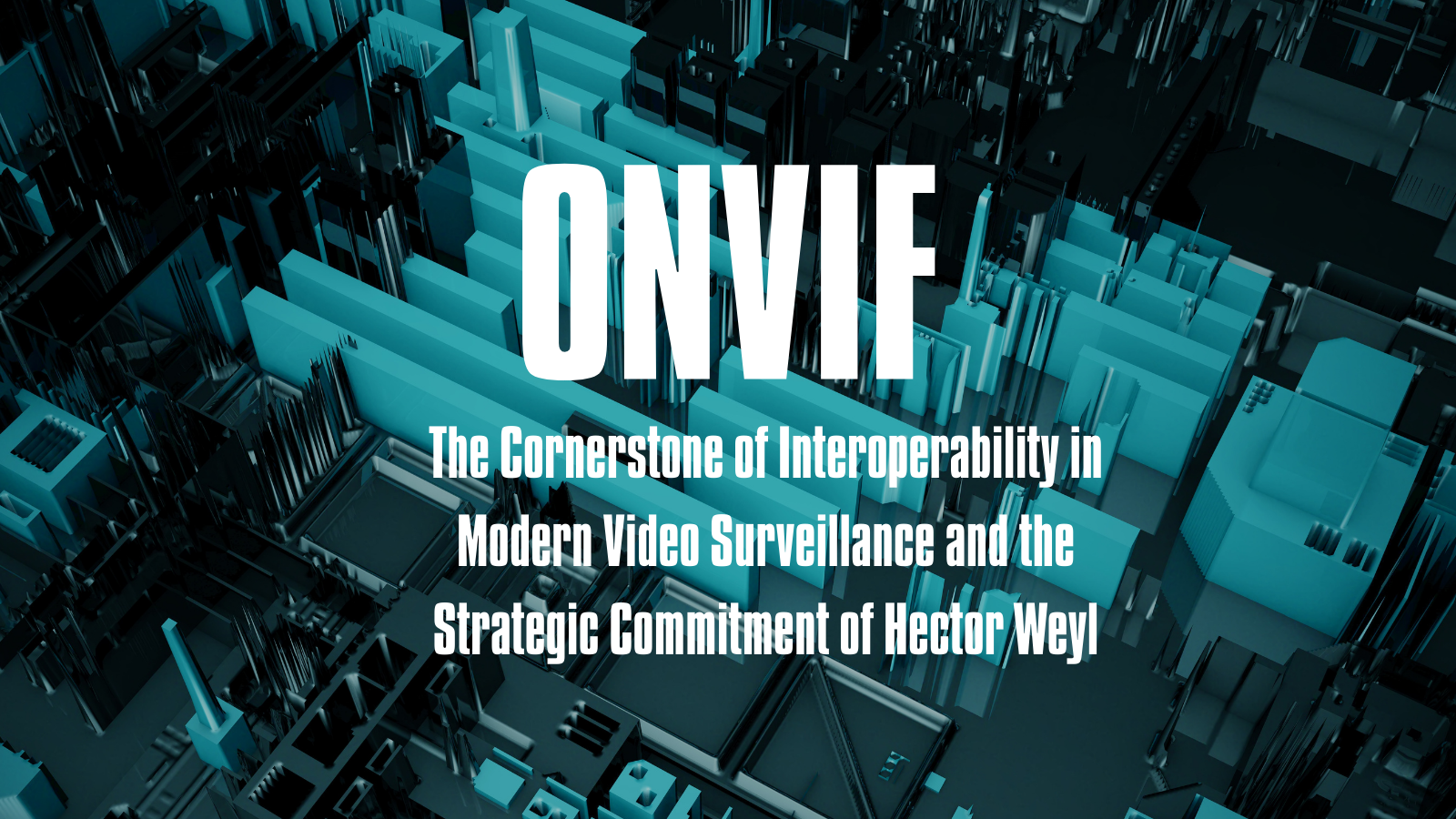
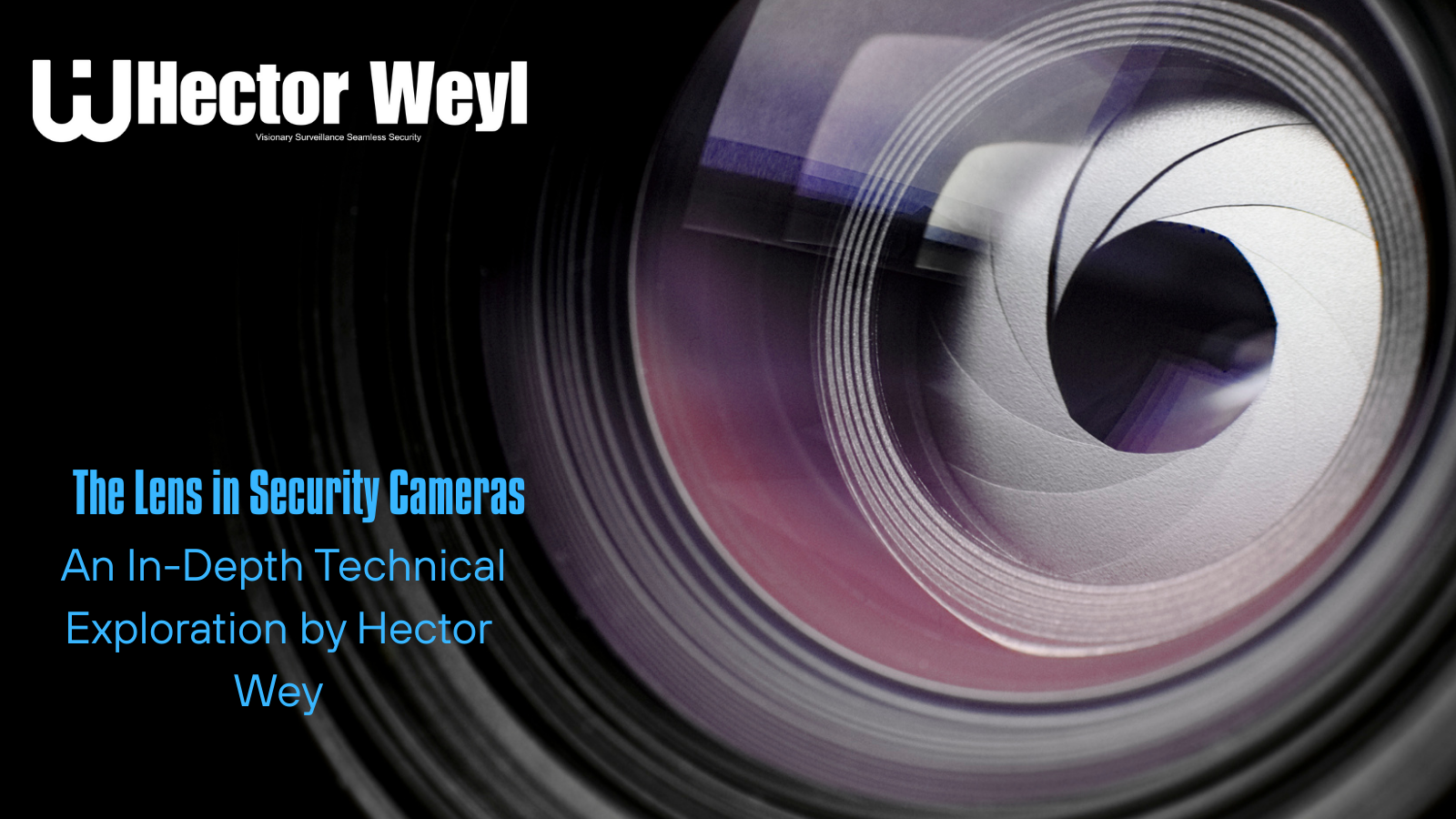


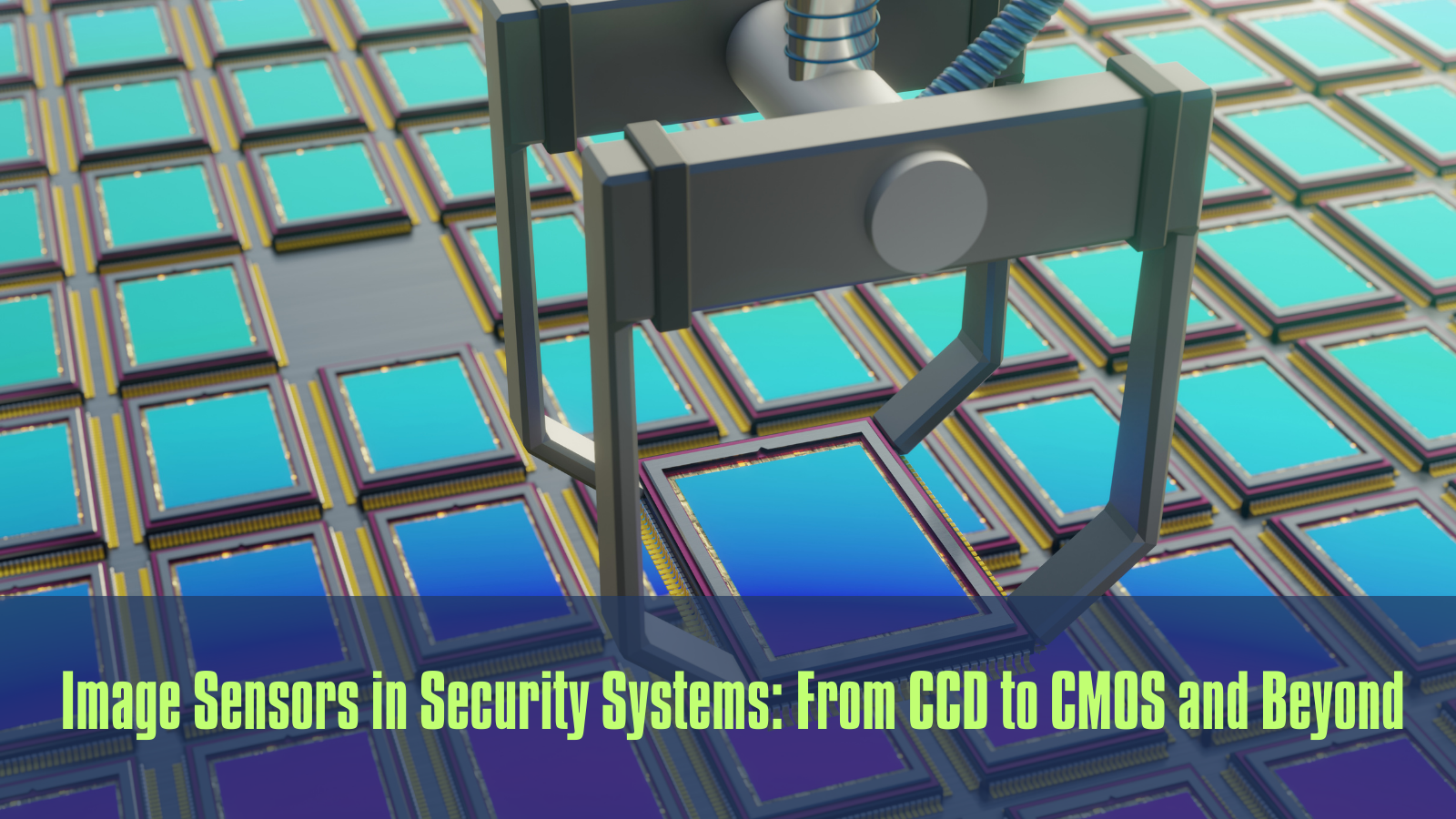
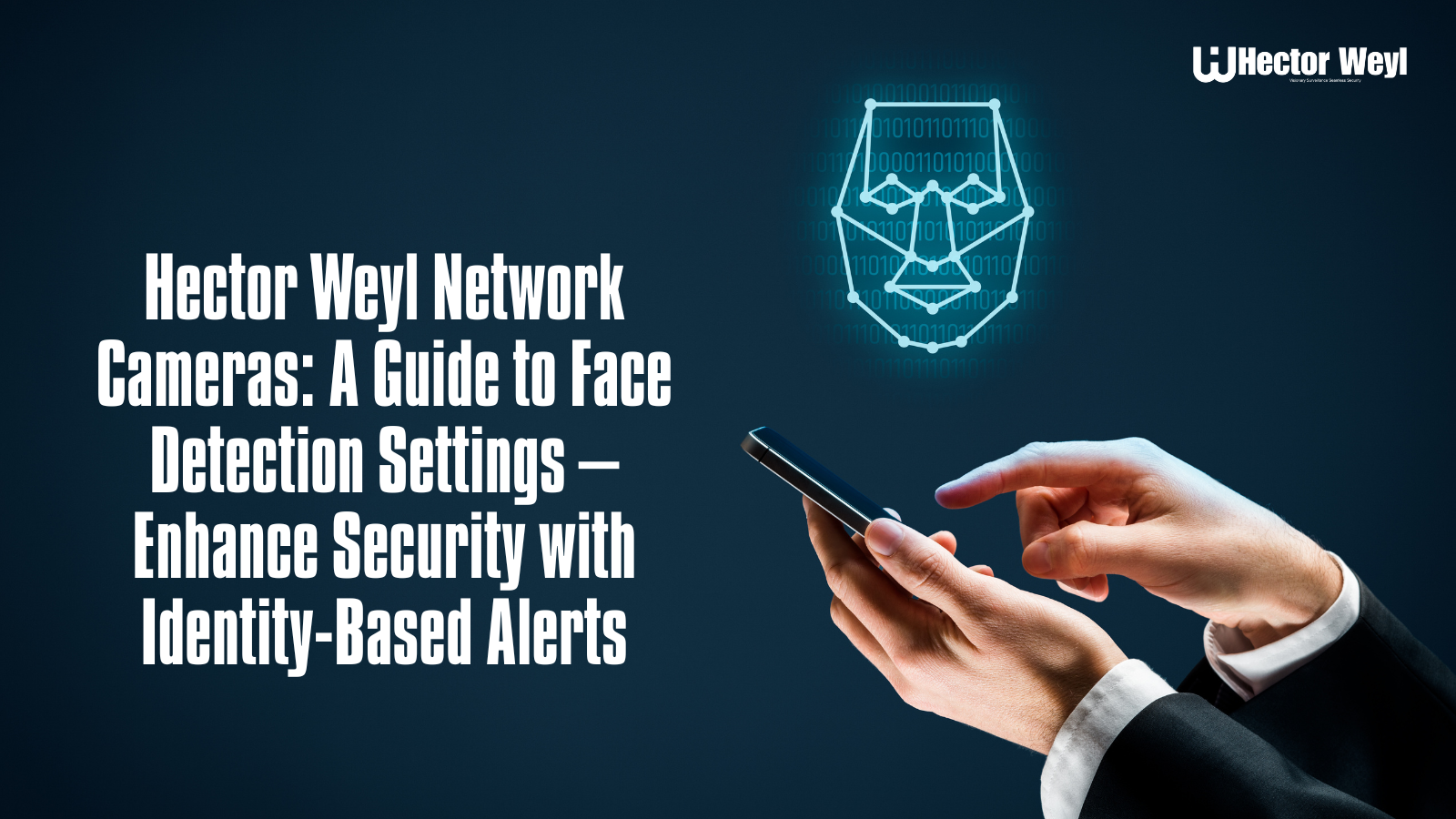
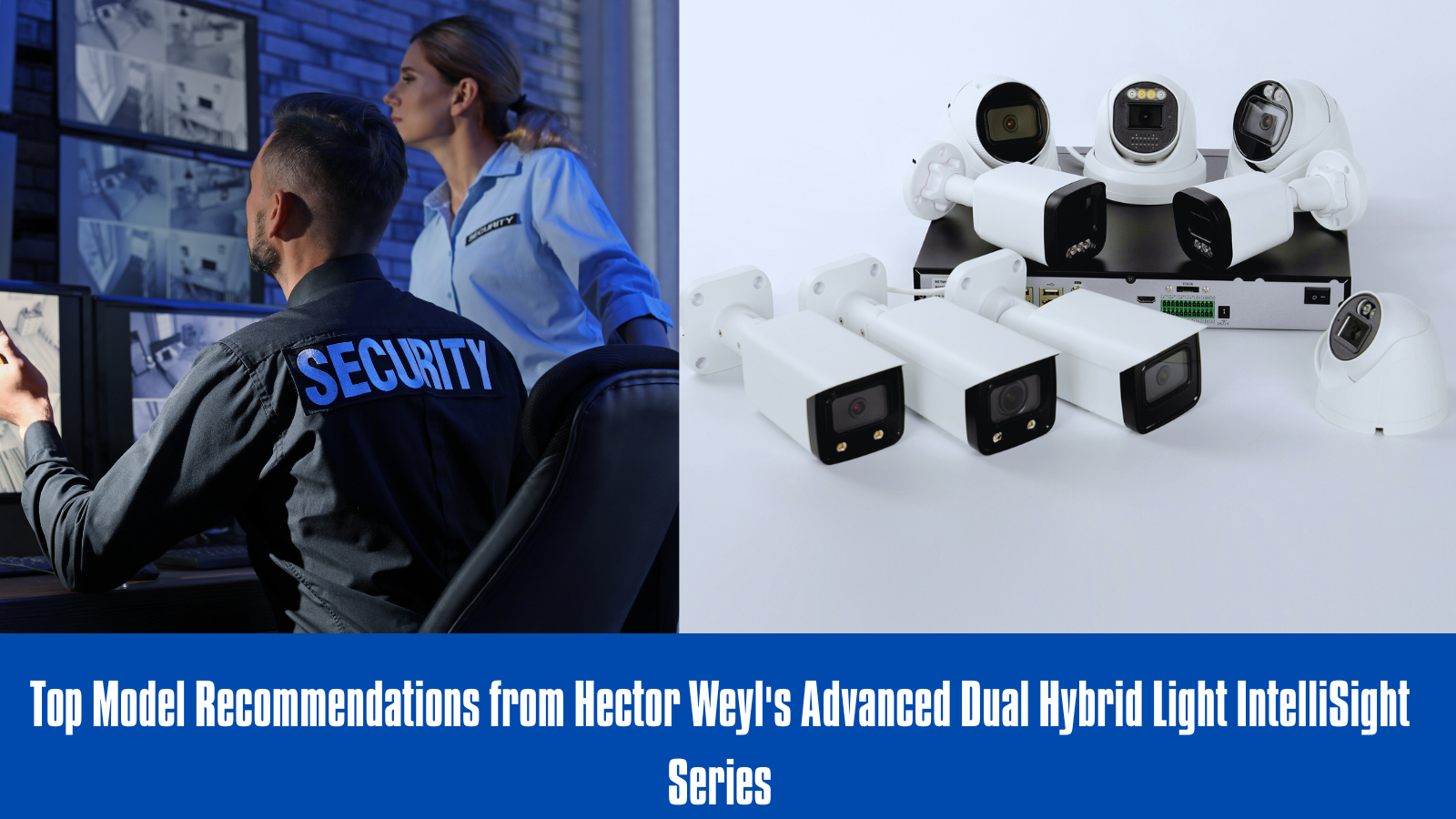

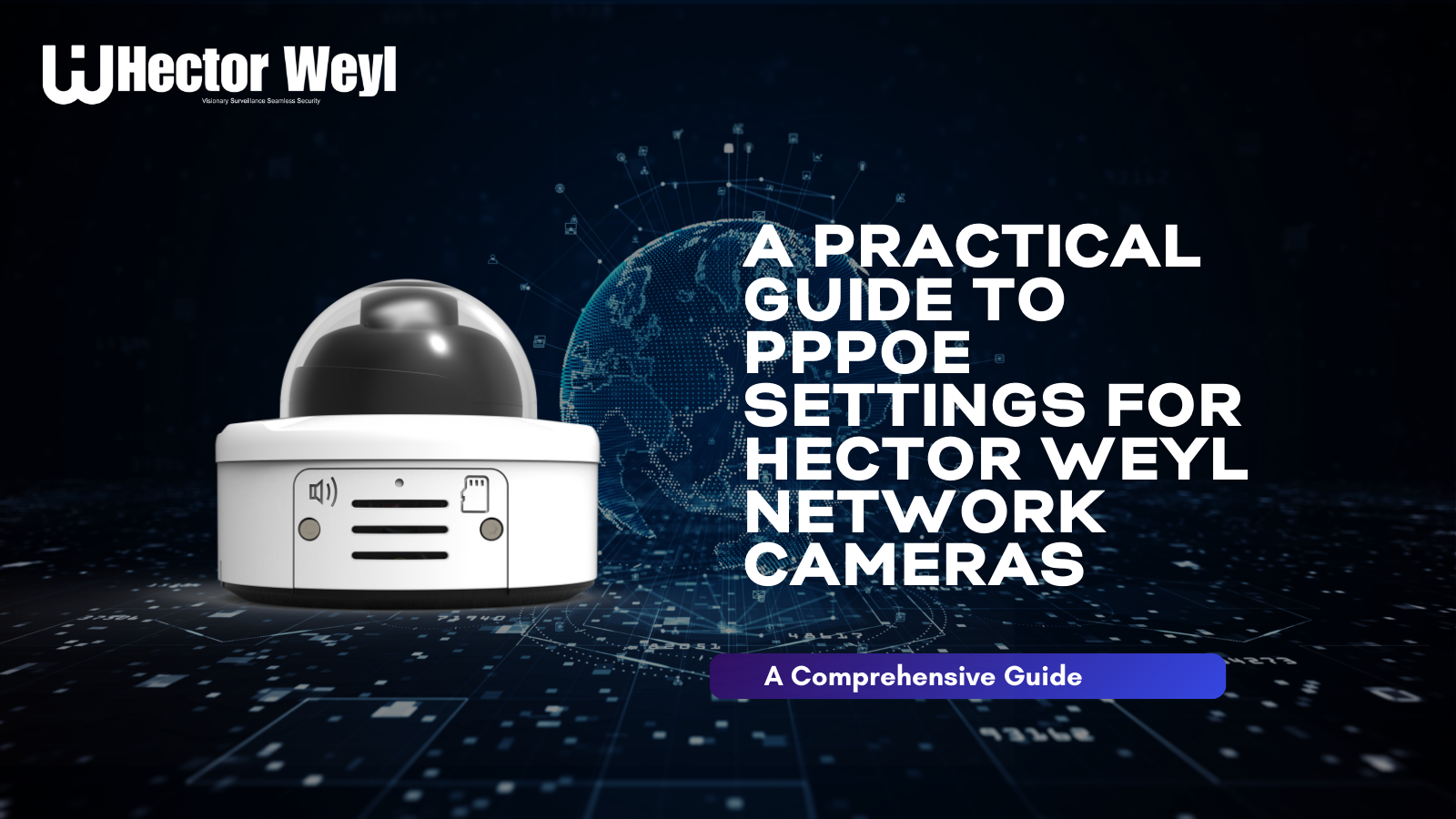



Share:
Image Sensors in Security Systems: From CCD to CMOS and Beyond
Understanding RTSP in Security Video Surveillance Systems